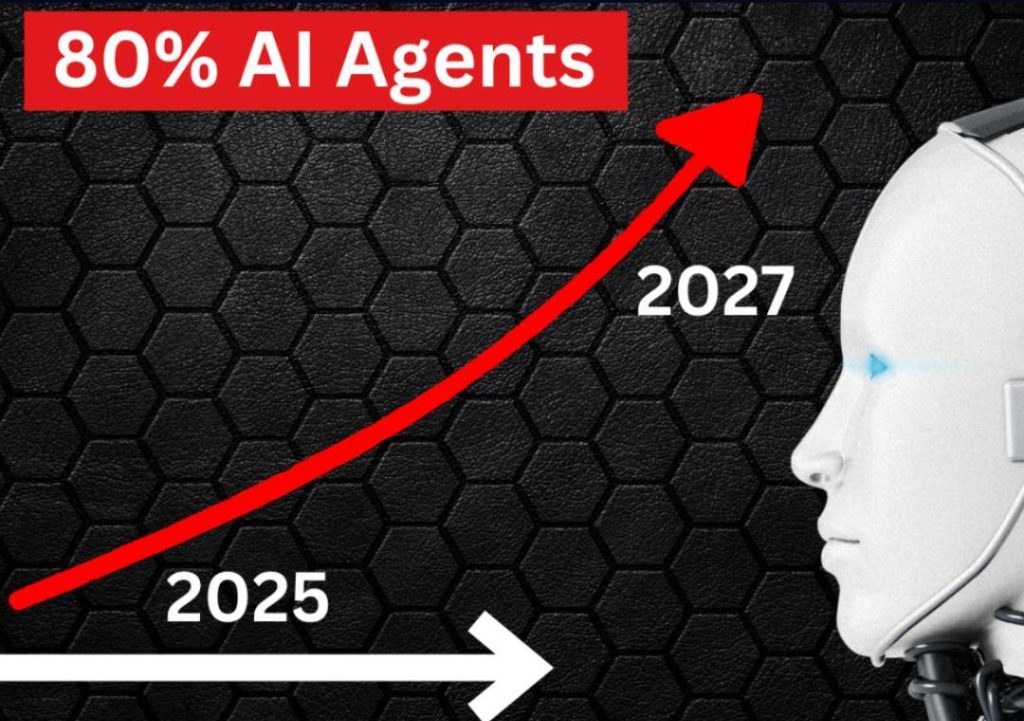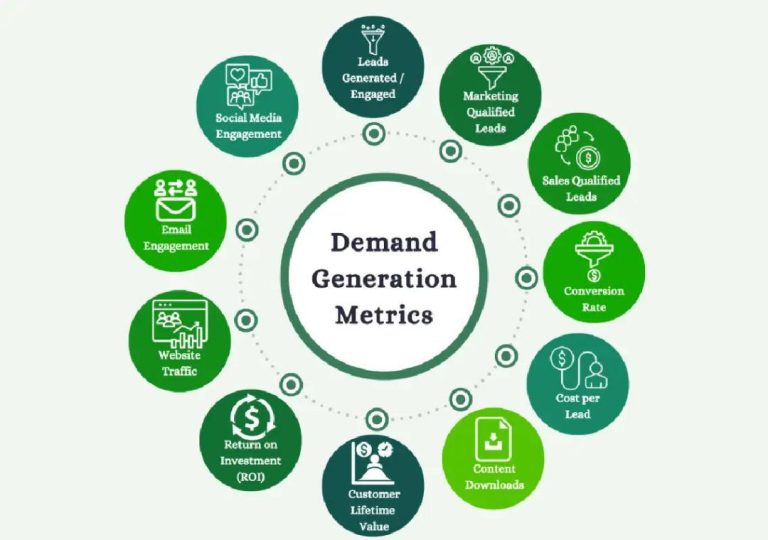
80% of Analysts’ Time Can be Automated Now
The world of data analysis has undergone a significant transformation in recent years. The advent of artificial intelligence, machine learning, and automation has enabled businesses to process and analyze large datasets with unprecedented speed and accuracy. However, despite these advancements, data analysts still spend a significant amount of time on mundane tasks such as data wrangling, reporting, and visualization. In fact, a staggering 80% of an analyst’s time can be automated, freeing them up to focus on high-impact creative strategy and decision-making.
The problem of manual data analysis
Data analysis is a critical component of any business decision-making process. Analysts are responsible for collecting, processing, and interpreting large datasets to provide insights that inform business strategy. However, manual data analysis is a time-consuming and labor-intensive process. Analysts spend hours each day wrangling data, creating reports, and visualizing insights, leaving little time for high-level strategy and decision-making.
The consequences of manual data analysis are far-reaching. It leads to delayed decision-making, inaccurate insights, and wasted resources. Moreover, it becomes difficult for analysts to scale their work as the volume and complexity of data increase. This is where automation comes in – to free analysts from the drudgery of manual data analysis and enable them to focus on high-impact creative strategy.
Introducing Deep Data Copilot
GrowthJockey, a leading marketing analytics platform, has launched India’s first Deep Data Copilot for marketers. This innovative solution automates up to 80% of analysts’ reporting tasks, freeing them up to focus on high-impact creative strategy instead of wrangling multiple dashboards, fragmented data sources, and manual spreadsheet work.
The Deep Data Copilot is a game-changer for data analysts. It interprets metrics, flags anomalies, and suggests next steps, providing analysts with actionable insights that inform business strategy. The Copilot uses machine learning algorithms to analyze large datasets and identify patterns, trends, and correlations that would be difficult or impossible for humans to detect.
Key features of the Deep Data Copilot
The Deep Data Copilot is designed to automate the most mundane and time-consuming tasks associated with data analysis. Some of its key features include:
- Automated data integration: The Copilot integrates data from multiple sources, eliminating the need for manual data wrangling.
- Real-time reporting: The Copilot provides real-time reporting and visualization, enabling analysts to respond quickly to changing market conditions.
- Anomaly detection: The Copilot flags anomalies and outliers, enabling analysts to detect and respond to unusual trends and patterns.
- Insights generation: The Copilot generates actionable insights, providing analysts with a clear understanding of what’s working and what’s not.
- Recommendation engine: The Copilot suggests next steps, enabling analysts to take action quickly and confidently.
Benefits of automation
The benefits of automating 80% of analysts’ reporting tasks are numerous. Some of the key benefits include:
- Increased productivity: Automation frees analysts from the drudgery of manual data analysis, enabling them to focus on high-level strategy and decision-making.
- Improved accuracy: Automation reduces the likelihood of human error, ensuring that insights are accurate and actionable.
- Faster decision-making: Automation enables analysts to respond quickly to changing market conditions, enabling faster decision-making and improved business outcomes.
- Scalability: Automation enables analysts to scale their work as the volume and complexity of data increase, without sacrificing accuracy or productivity.
Conclusion
The Deep Data Copilot is a groundbreaking solution that automates up to 80% of analysts’ reporting tasks. By interpreting metrics, flagging anomalies, and suggesting next steps, the Copilot provides analysts with actionable insights that inform business strategy. The consequences of manual data analysis are far-reaching, leading to delayed decision-making, inaccurate insights, and wasted resources. By automating data analysis, businesses can improve productivity, accuracy, and decision-making, ultimately driving improved business outcomes.






